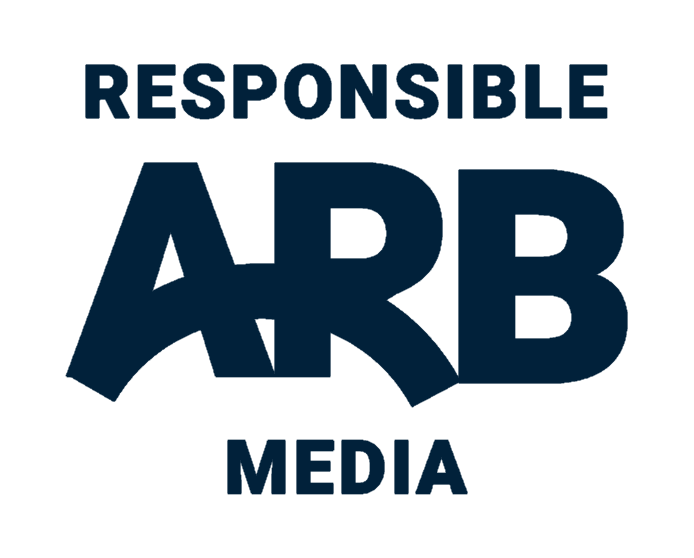Healthy Living
Aquafaba: The wonder ingredient─── 12:30 Mon, 09 May 2016

The special ingredient which can turn all your favourite foods vegan has been hiding in plain sight. We break down all you need to know about Aquafaba.
For most cooks, there is only one place for the murky liquid inside a can of chickpeas - down the drain. However, some foodies have found an inventive use for the brine, using it in cooking and as a food substitute. The liquid - known as Aquafaba - can be used as an emulsifier, leavening agent and foaming agent, meaning that it can be used to make vegan versions of favourite foods, including ice cream, waffles, mayonnaise, and a wide variety of baked goods, from cakes to meringues.
What is aquafaba?
Aquafaba is the name for the viscous water in which legume seeds and chickpeas have been cooked. Other legumes such as peas, soy beans, lentils, kidney, and black beans can also be used but may have slightly different compositions. Due to its ability to mimic the functional properties of egg whites, aquafaba may be used as a direct replacement for egg whites in foods, making it suitable for use by people with dietary, ethical, or religious reasons to avoid eggs.
Who came up with the idea?
French chef Joel Roessel discovered that water from canned beans and other vegetables can be made to form foams much back in 2014. He shared his experiments on social media, including a meringue made from chickpea liquid, sugar, corn starch and guar gum to demonstrate its foaming capabilities. The concept caught the attention of American software engineer and foodie Goose Wohlt, who then figured out how to make stable vegan meringue in a simple way with aquafaba and sugar, leading the vegan community to start spreading the word about the discovery.
How can it be used?
The simplest way to get aquafaba is to decant the liquid from canned or boxed legumes such as white beans or chickpeas. Alternatively, it can be made by boiling, steaming, pressure cooking, or microwaving pulses in water until they are cooked. The general recommendation for use is to replace one medium egg white with 30 millilitres (2 tablespoons) of aquafaba in a recipe, or to replace one medium whole egg with 45 ml (3 tbsp).
For raw foods like mousses, ice creams, drink or pie toppings, whip the aquafaba with sugar until it forms stiff peaks. When making airy baked goods, likes pavlovas, macaroons, or meringues, do the same then pipe the mixture onto a baking sheet, baking as per usual. However, for heavier recipes such as cakes, brownies, and cookies, just add it to your batter to bind the mixture before mixing in the flour, salt, and baking soda. Aquafaba can also be used for confectionery like nougat, marshmallows and icing. To do so, beat the brine until it forms stiff peaks, add syrup made by boiling sugar, water, corn syrup and salt, and add to the usual ingredients. Aquafaba can also be used as a substitute for egg white in fizz and sour cocktails.
© Cover Media













